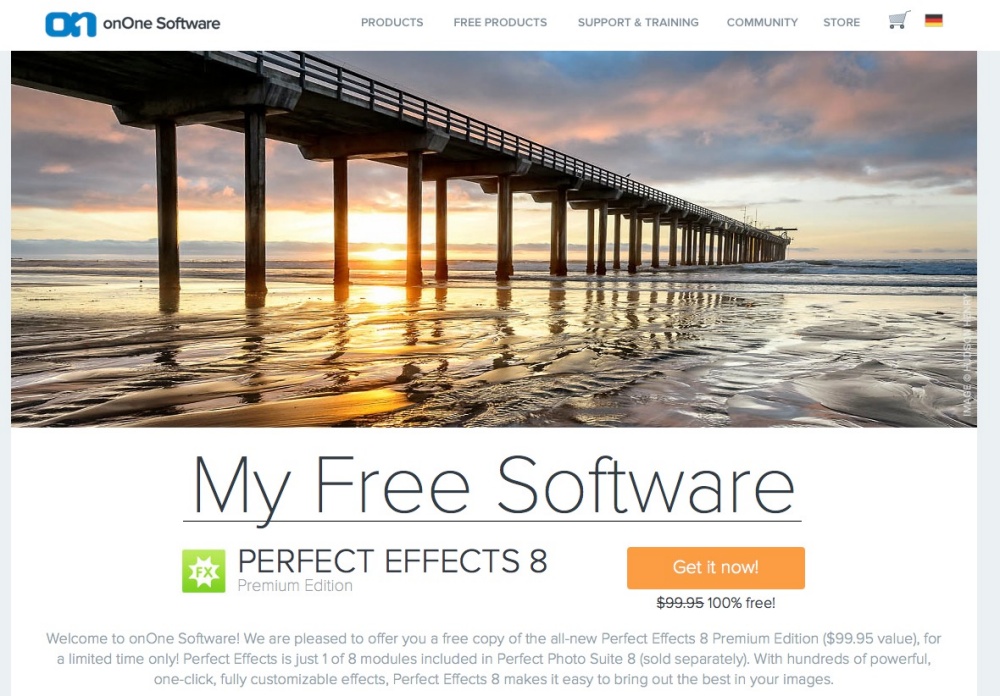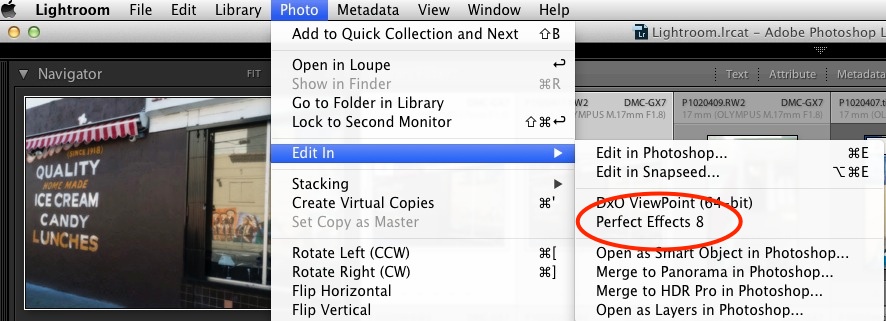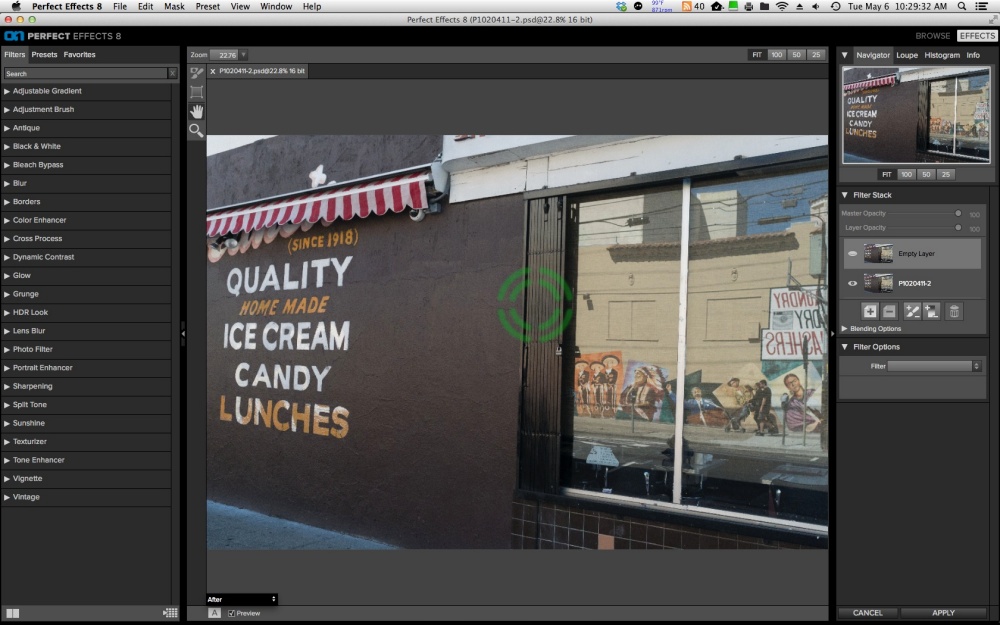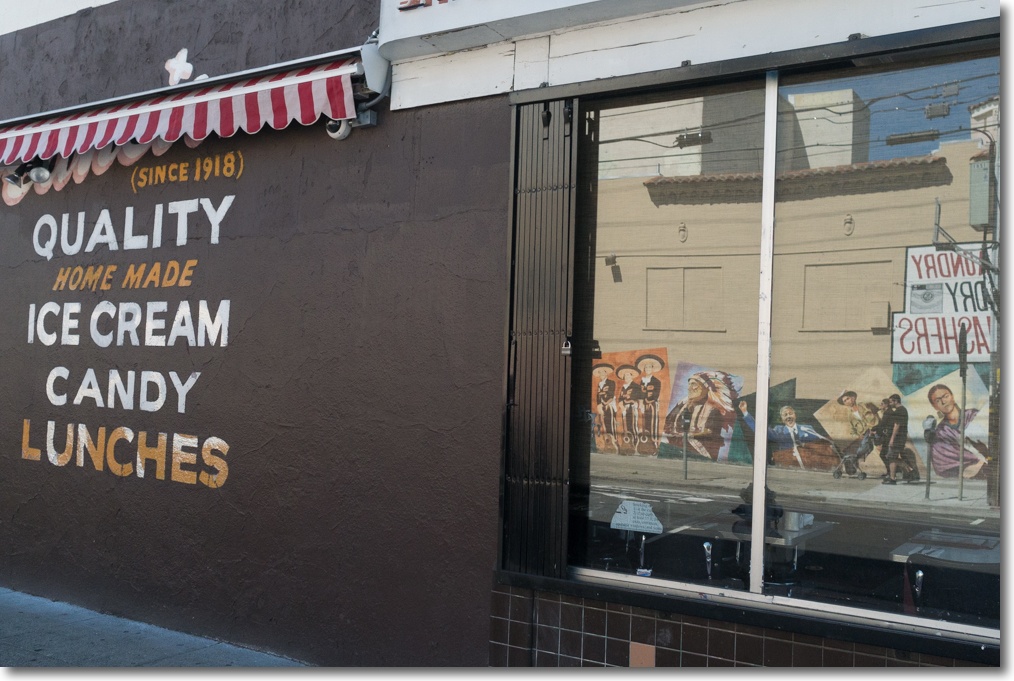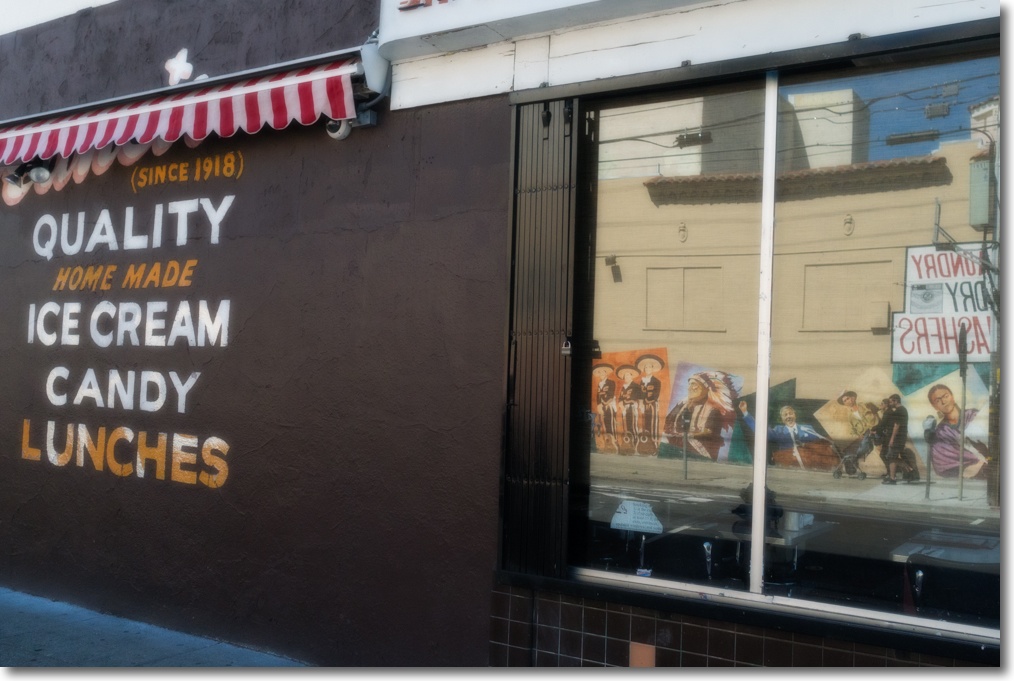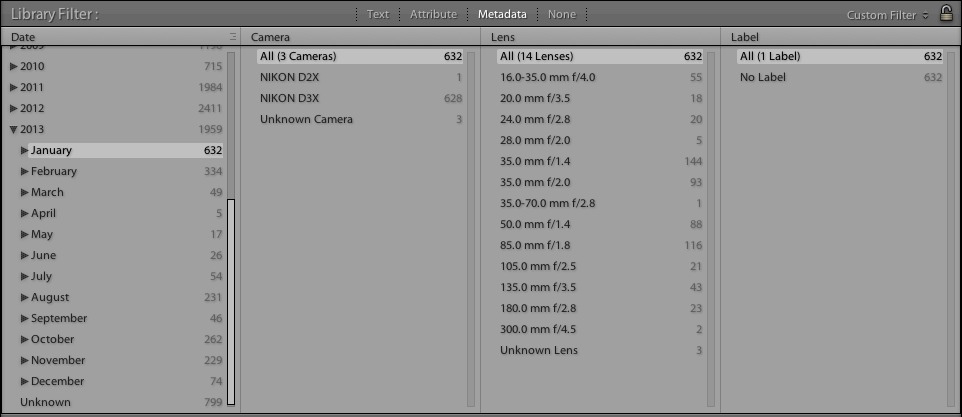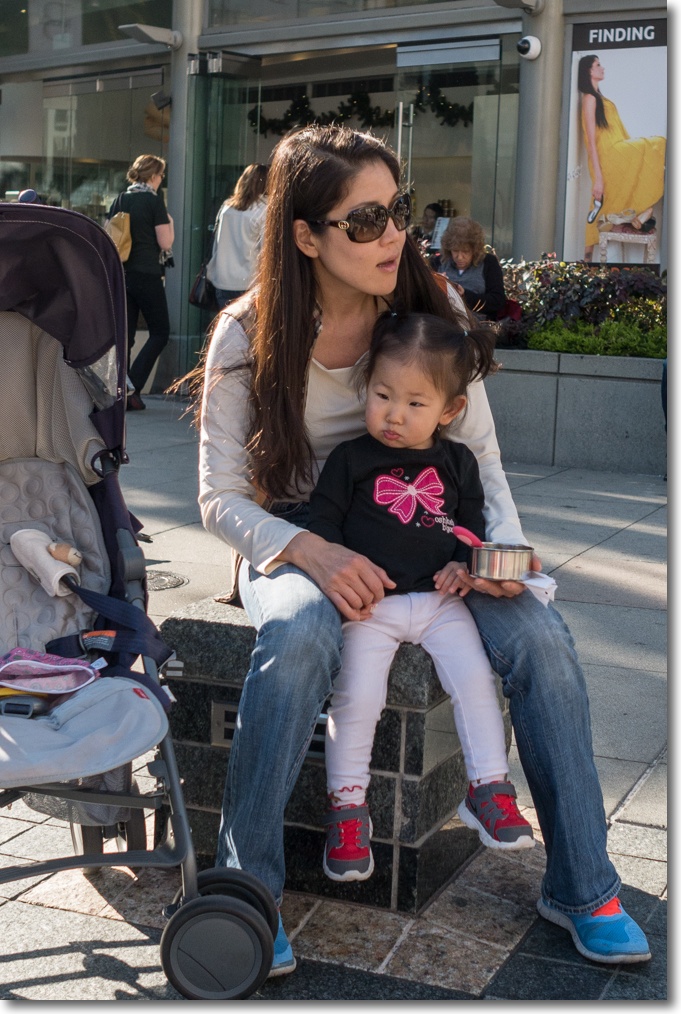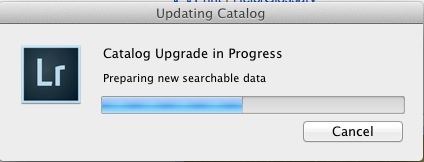Hardly surprising.
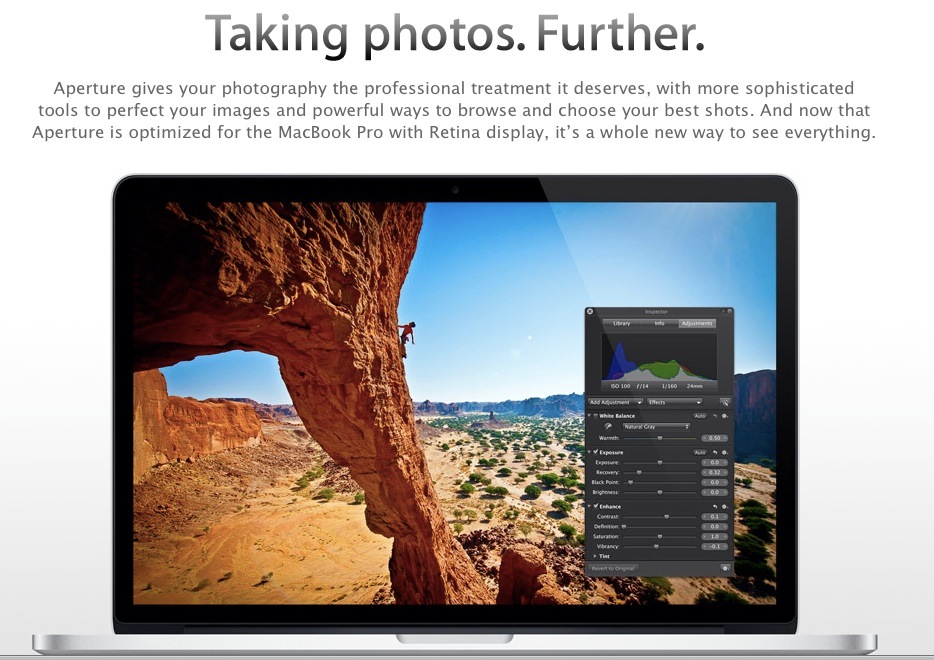
Or not ….
Apple has announced it has ceased development of Aperture.
Any Aperture user must have noticed how poorly supported Apple’s flagship photo processing app was – now or earlier. I migrated from Aperture to Lightroom six years ago and that was no fun. I hate to think what can go wrong today. My change to Adobe was not motivated by features but by Aperture’s simply awful speed in every task imaginable, not to mention incredible file size bloat. Unless you had the latest CPUs, GPUs and disk drives, you were going to have to watch beachballs. By contrast, LR makes very low demands on hardware – it did back then and with many great enhancements over the past few years, continues to be undemanding. The Highlight and Shadow sliders introduced in LR4 alone would have any rational user abandoning Aperture.
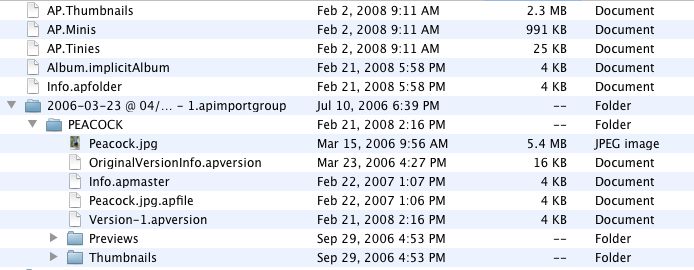
What passes for file structure in Aperture – a blithering mess.
The sad part of this is that Adobe loses a competitor, though if pushed I would guess that Aperture had less than 5% of the Lightroom market. With the number of PC and Mac users roughly equal and Apeture running on Macs only, that makes for a 75% LR market share if Aperture had even 50% of the Mac market. Factor in the poor product support, a lack of timely development – especially with RAW support for new cameras (how hard can that be?) – a falling feature set compared with LR and a parent more interested in selling cell phones, and the writing was plainly on the wall. I have sympathy for all those great photographers heavily invested in Aperture who will now spend aeons converting to something else, rather than spending time taking pictures. And that conversion, I am prepared to bet, will be high risk and whether overlay files for RAW images will even be properly preserved is unknown at this time.
The bigger concern is how long will LR remain with a stand-alone option? You want to trust Adobe? A company which cannot run its cloud securely and cannot even safeguard the code to Photoshop from thieves – their crown jewel? Not to mention your credit card data.
